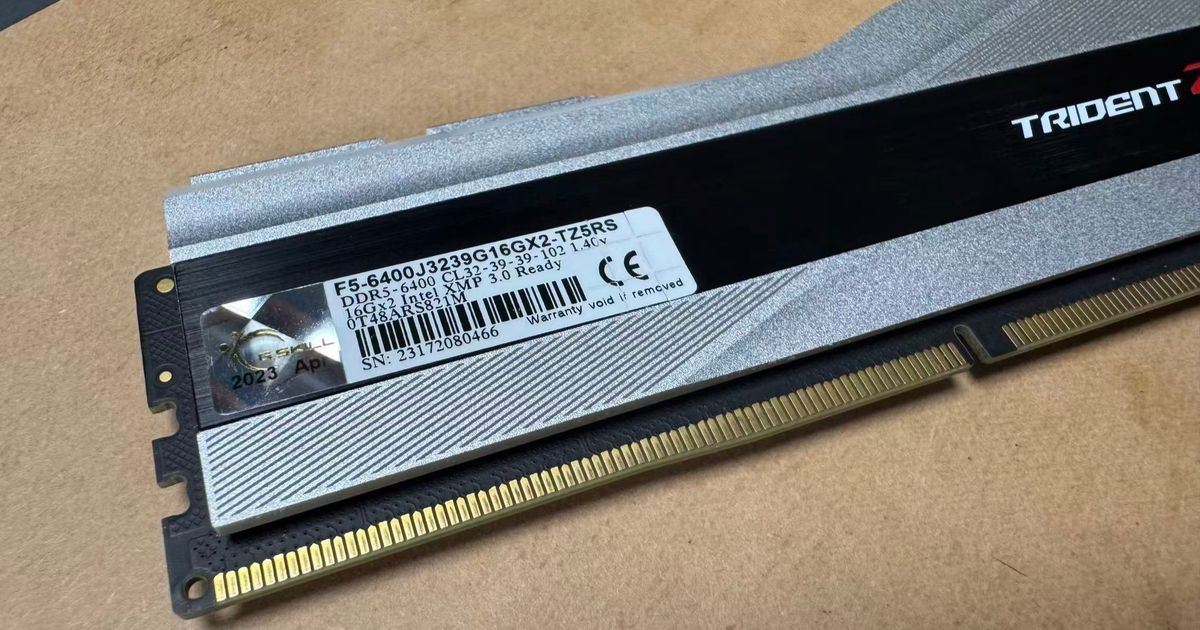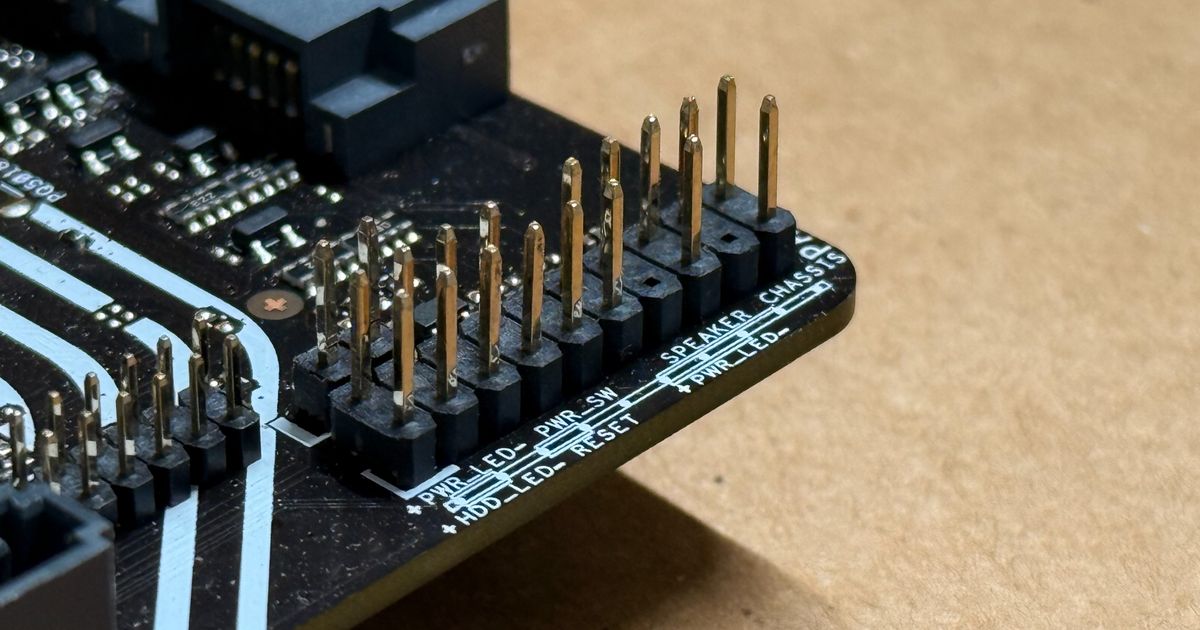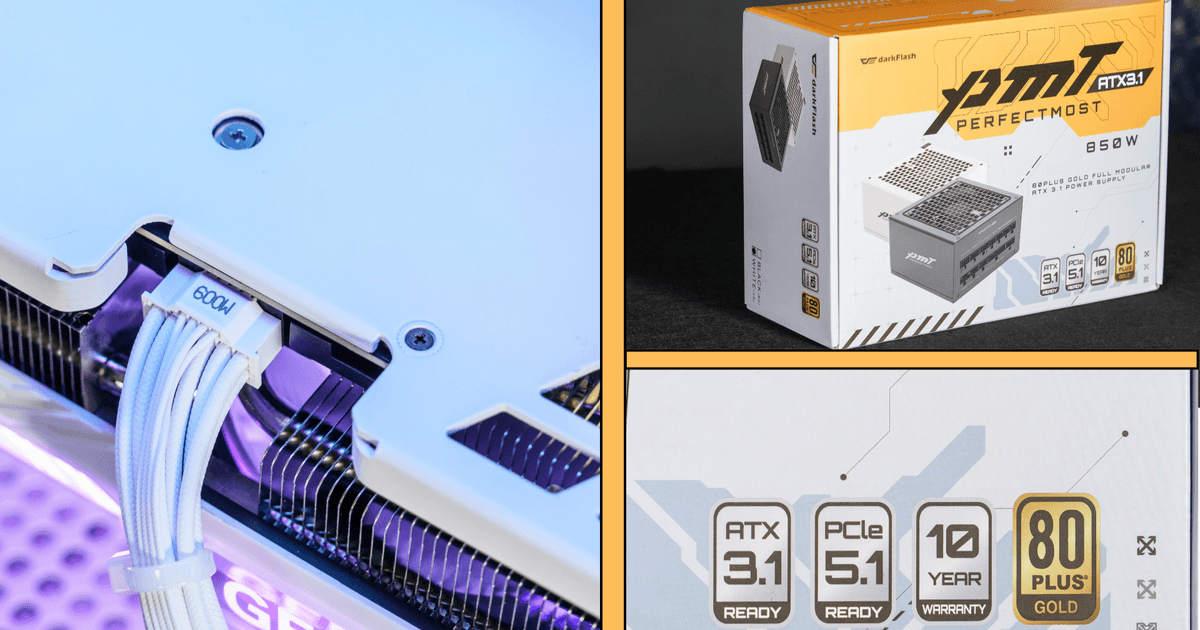As one of the important components in the entire computer, the CPU should understand its own usage situation and select the appropriate model. When purchasing a CPU, there are mainly two brands, Intel and AMD. Both CPU models of the two have their own codes. For Intel, it would be I9-14900K, and for AMD, it would be R9-7900X. Behind these complex models, what exactly do they mean?
How to interpret the models of Intel CPUs?
Take the model I9-14900K as an example, it can be divided into four parts: level, generation, code, and suffix.

Level
The performance levels of processors are categorized into I3, I5, I7, and I9, with higher numbers indicating greater performance.
Core I3 Processor: Entry-level processor. Suitable for light document use, web browsing, and video watching.
Core I5 Processor: Mid-range processor. In addition to document processing, it can play light games.
Core I7 Processor: Near-flagship processor. Capable of playing some AAA titles and medium-level games, and can also handle live streaming.
Core I9 Processor: Flagship-level processor. Not only can it play games smoothly, but it can also simultaneously open high-performance live streaming quality.
Generation
The generation following the level indicates the generation of the processor, for example: I9-14900K, where 14 represents the 14th generation of the I9 level processor. By simply looking at the processor code, you can quickly understand whether it is the latest generation processor.
Code
The code following the generation is used to distinguish different functions of the processor, including the processor's base clock speed, frequency, cache, cores, etc. Generally, the higher the number, the stronger the performance.
Suffix
The processor suffix represents the key characteristics of the processor, with different suffixes representing different processor features.
No suffix: Represents a general performance CPU with no special features.
Suffix K: Represents a CPU model that is overclockable, with overclocking enhancing the CPU's performance, suitable for streamers or heavy gamers.
Suffix F: Indicates that the CPU itself does not have an integrated graphics core, and consumers who purchase this type of CPU must purchase a graphics card to enable the screen to display normally.

How to interpret the models of AMD CPUs?
The naming rules of Intel and AMD are almost the same, except that AMD has its own model names. Here, take AMD R7 7900X as an example.

Level
Ryzen 3 Processor: Entry-level processor. Suitable for everyday office work, watching videos, and light gaming.
Ryzen 5 Processor: Mainstream-level processor. Suitable for moderate gamers and general content creators.
Ryzen 7 Processor: Near-flagship-level processor. Suitable for most AAA title games and moderate content creation.
Ryzen 9 Processor: Flagship-level processor. Suitable for all AAA title games, heavy content creators, and streamers.
Generation
Like Intel, the generation of the processor comes after the level, for example: R7 7900X, where 7 represents the 7th generation of the Ryzen 7 processor. Generally, within the same level, the newer the generation, the stronger the performance.
Code
After the generation comes the processor's code, which mainly indicates the different clock speeds of the processor. Generally, the higher the number, the higher the processor's clock speed and the better the performance.
Suffix
Suffix F: Indicates that the processor itself does not have an integrated graphics core. Consumers who purchase this type of processor must buy a graphics card to enable the screen to display normally.
Suffix X: Represents high performance, with higher clock speeds and better performance.
Suffix X3D: It has the same performance as the X series but adds AMD 3D V-Cache technology, which offers higher performance in gaming compared to the X series.

By understanding the model naming conventions of both Intel and AMD processors, you can help users more accurately select the processor that suits their needs.



